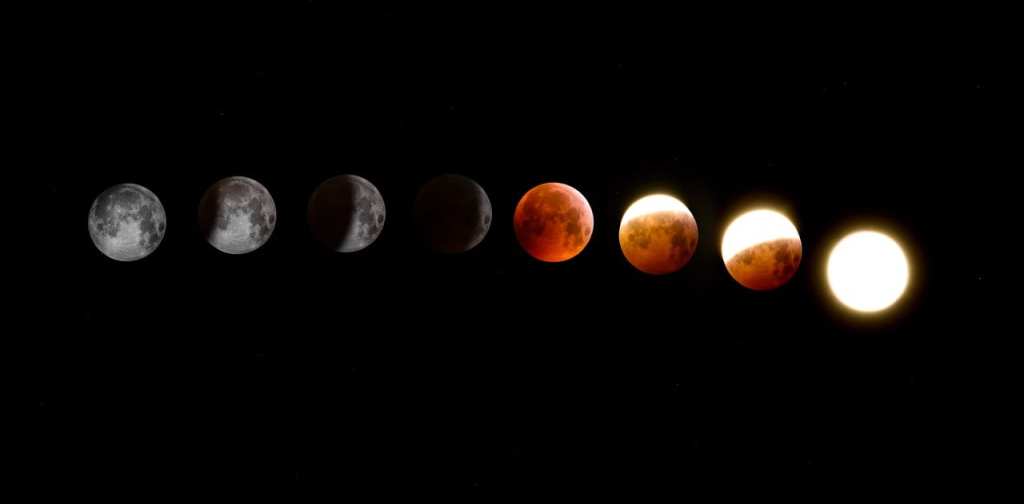On December 26, photographers and residents of places form Saudi Arabia to Guam scrambled to take pictures of the final solar eclipse to grace the Earth this decade.
Unlike in some eclipses, you’ll notice that the moon didn’t totally black out the sun. Instead, it covered the majority of the sun, leaving a visible “ring.” This type of event is called a “ring of fire,” or annular, eclipse.
The NOAA provided more information about the moon’s path on the 26th.
Images of the eclipse are stunning, especially against the backdrop of beautiful landscapes such as these sand dunes.
https://www.instagram.com/p/B6h_N4uJWxb/?utm_source=ig_embed
https://twitter.com/sanjay_ink/status/1210256914136866817
https://www.instagram.com/p/B6mp-Fhp-CN/
https://www.instagram.com/p/B6lBpFMpcMu/
A photographer in Guam was able to capture the moon’s movements against the ocean tide.
https://www.instagram.com/p/B6iYvoihRJ2/?utm_source=ig_embed
This picture gives us a different point of view from India.
Some lucky travelers were able to fly right past the eclipse as well!
Residents of India, Pakistan, parts of Africa, and China will get to see the first solar eclipse of the new decade, which will pass by them in June 2020.
These images are out of this world!
Did you catch the eclipse? Share your thoughts with us below.






